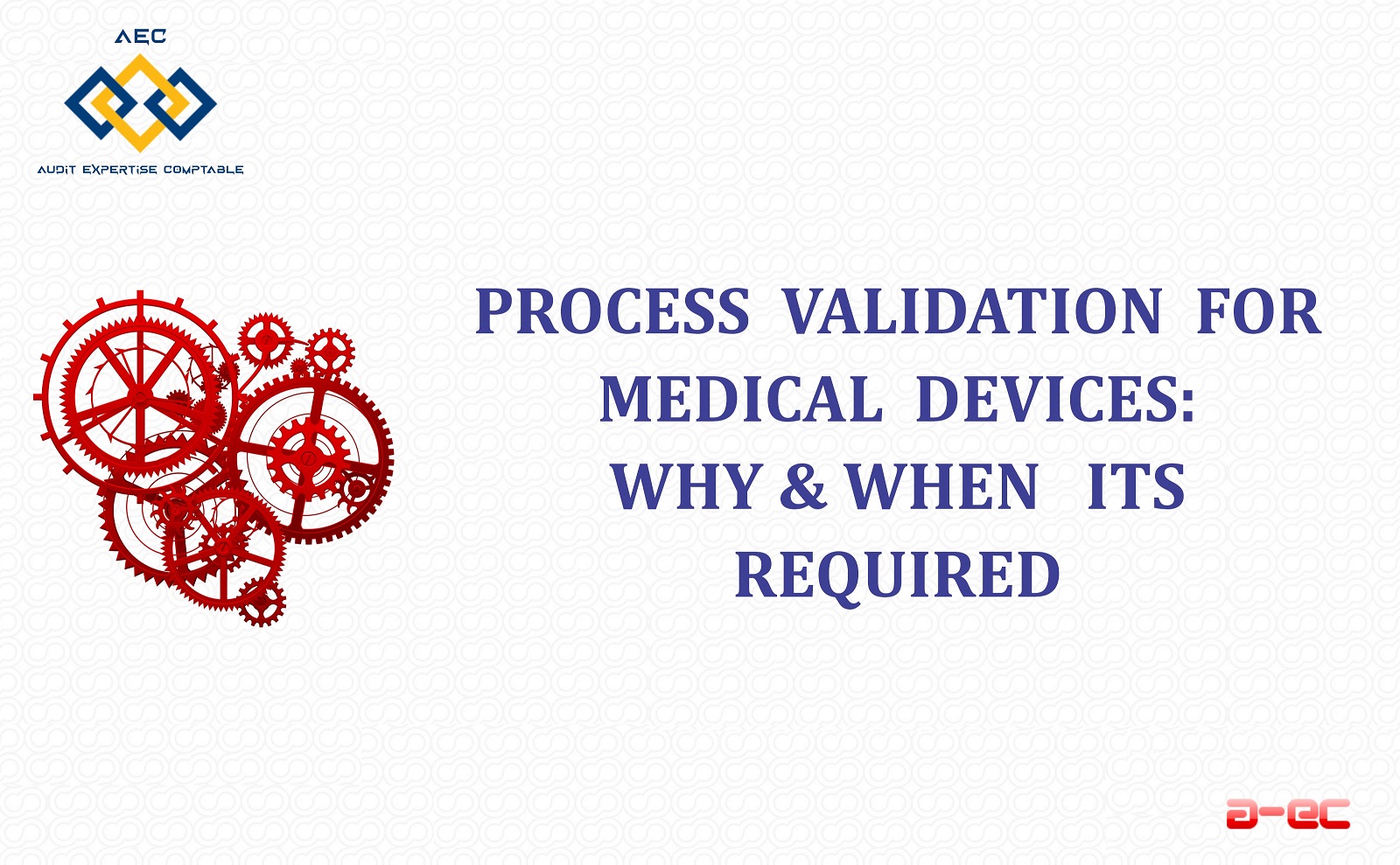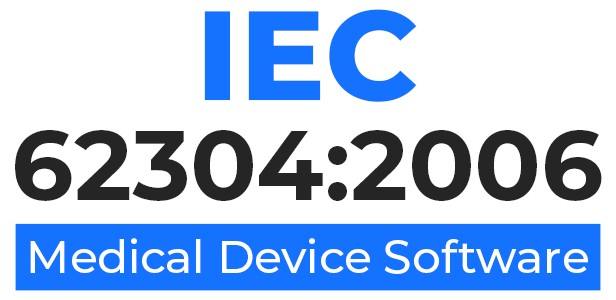Process validation is a crucial aspect when manufacturing medical devices, especially where the quality and safety of the final product cannot be fully verified without destructive testing.
Understanding when and how to perform process validation is essential for maintaining both compliance and operational efficiency.
When do you need to perform process validation?
If you manufacture medical devices or parts of medical devices and a process in your production cannot or is not fully verified, then it must be validated. This means that you must validate a production process any time you are unable to determine if a product at the end of production has the required properties.
If you do not, the deficiencies will only become apparent once the product is in use.
Process validation does not only apply to processes in production, but also to, for example, software used in a QMS, and software used in production.
How do you know if a process cannot be verified?
An easy example of an instance when you are unable to verify production output would be a match. If you produce matches, you will want to confirm that the match you have manufactured works. How would that be done?
One way would be to light the match to see if it works. However, this means that you no longer have a working match.

This is a textbook example of a product where you cannot fully verify the output of your production process, because if you did, it would mean destroying the product.
In theory, you could measure the match and do a chemical analysis of its contents, but you will not know if it will light up without trying it. That is why you are required to perform process validation. The same applies if you can verify the process but have chosen not to.
Why should you perform process validation?
Process validation serves as a proactive measure, identifying potential issues from failure in production before the medical device reaches the market. As such, process validation is a way of reducing the likelihood of product recalls and associated reputational damage.
There are several other reasons and benefits of performing process validation. Most importantly, process validation aims to ensure that manufactured devices are safe both for patients and other users. However, it also improves the overall quality of the products, thereby improving customer satisfaction, reducing or even eliminating waste, and thereby also reducing costs.
By performing process validation correctly, and at the right time, it may even reduce time to market for new products.
Process validation as a regulatory requirement
Besides the already mentioned reasons, process validation is a regulatory requirement. Both the Medical Device Regulation (the MDR) in the EU and the Quality System Regulation (the QSR) in the US require that process validation is performed if the predetermined requirements cannot be verified, or in other words, if the product can only be verified by destructive testing.
In some cases, you could perform 100% verification on all products, for example, measuring the weight or length of a part. However, you may choose not to as it’s too cumbersome, time-consuming, and costly. If these measurements are critical for the safety of the device, then you need to perform process validation as well.
A tale of caution: What can happen if you do not perform process validation when required
A medical device manufacturer once moved the production of their blistering process from one site to another and did not perform a full process validation at the new site.
At a succeeding audit, they received a major non-conformity from their notified body. In the end, they were required to perform a full-scale process validation, which took several months, many man hours, and a shelf full of binders with records from the validation before the non-conformity could be closed.
A word of caution: do not forget to perform process validation when required. If you do things correctly from the beginning, you can save time, money, and stress.





